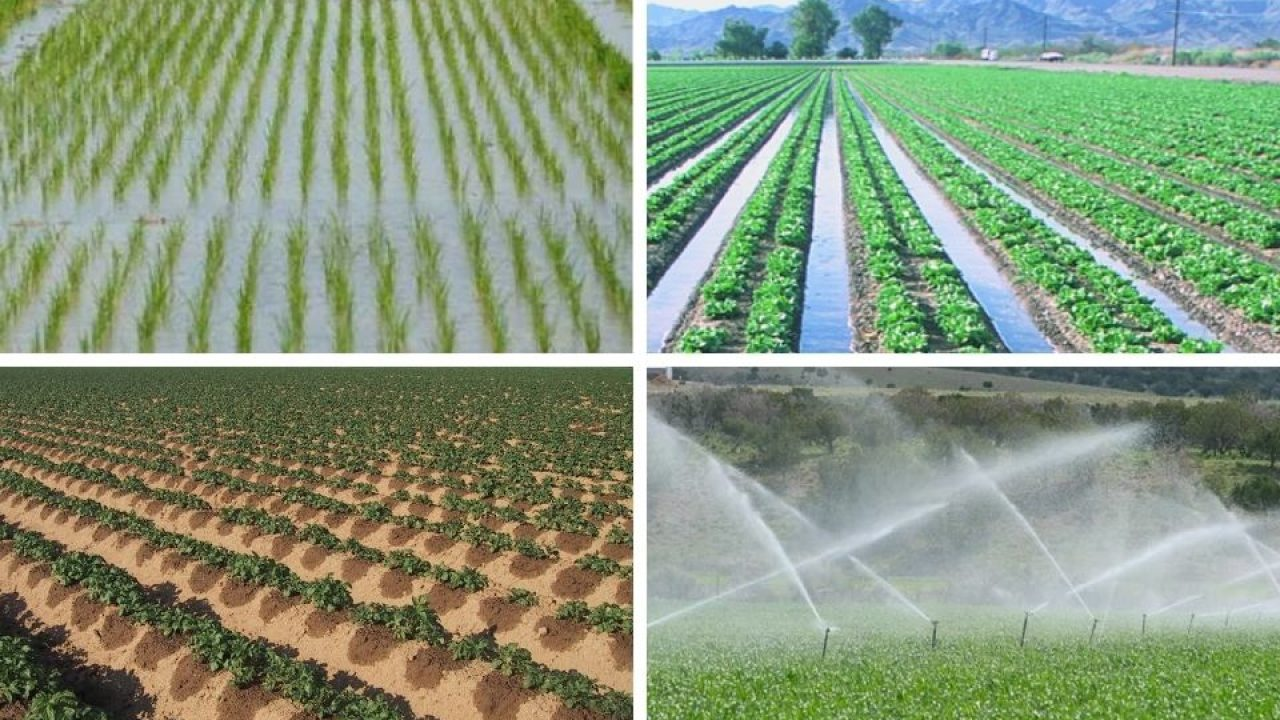Description

Copyright infringement is not intended
Context: Irrigation census launched by the Ministry of Jal Shakti.
Details:
- The Ministry of Jal Shakti has launched the first census of water bodies in convergence with the 6th Minor Irrigation Census, under the Centrally Sponsored Scheme – “Irrigation Census”.
- The objective is to develop a national database for all water bodies by collecting information on all important aspects of water bodies including their size, condition, status of encroachments, use, storage capacity etc.
- Water being a State subject, steps for augmentation, conservation and efficient management of water resources are primarily undertaken by the respective State Governments.
- In order to supplement the efforts of the State Governments, the Central Government provides technical and financial assistance to them through various schemes and programmes.
Significance of the water census:
- The first census of water bodies will cover all types of water bodies in both rural and urban areas.
- The information on encroachment of water bodies is being collected for the first time under the first Census of Water bodies.
- It would sensitize the People and Governments regarding the importance of water bodies for socio economic development and sustainable water security.
- Help in taking necessary steps for keeping all the water bodies encroachment free.
- Provide Support to other schemes such as Repair, Renovation and Restoration of Water Bodies under Pradhan Mantri Krishi Sinchayee Yojana (PMKSY).
About Irrigation:
- Irrigation is essential for the growth of agriculture which in turn can lead to socio-economic development.
- Direct positive impacts of irrigation include:
- Increased agricultural production.
- Increased commercial fish production (inland fisheries).
- Increased farm forestry and vegetation.
- Increased health benefits—improved sanitation due to better access to water.
- Increased benefits from flood control.
- Increased benefits from water use for rural domestic and livestock purposes.
- Increased groundwater recharge.
- Increased employment in agriculture due to increased cropping intensity, increased crop area and output from irrigation.
- Increased employment outside agriculture from increased crop output in related industries such as input industry and output processing industries.
- Positive impact on poverty reduction through increased productivity and increased employment opportunities.
- Increased food security at national, regional and local levels.
- Lower food prices for consumers, due to productivity gains and increased overall food supplies.
- Improved nutrition, improved calorie intake and improved health.
About Irrigation in India:
- 2 types of irrigation- "surface and localized".
- Surface irrigation or flood irrigation water moves over and across the land.
- Localized irrigation - water distributed under low pressure through a piped network (Drip irrigation, sprinkler irrigation).
- Irrigation projects with Area between 2,000 and 10,000 hectares are medium projects, those with Area of more than 10,000 hectares as major projects.
- Over 70% of India’s food grain production comes from irrigated agriculture.
- GROUNDWATER IRRIGATION SYSTEM
- Main source of growth in irrigated area over the past 3 decades.
- Accounts for over 60% of the irrigated area.
- Ground water depends on geography of a place ,soil type , rock type.
- Green revolution, adoption of new seeds and fertilizers provided great benefits and the benefits were the best under irrigation. Rapid growth in tube well irrigation, electricity supply expanded in rural areas making pumping of groundwater easy and economical.
- TANK IRRIGATION
- Small reservoirs are constructed to store water during the rainy season and to use it for irrigation during the dry season.
- Tanks are often connected in a long chain where surplus water from one tank is led to the next in a large drainage system.
- Importance: Soil and water conservation, Flood control, Drought mitigation, Protection of environment of surrounding areas.
- CANAL IRRIGATION
- A waterway built for the purpose of carrying water from a source such as a lake, river, or stream, to agricultural land.
- Directly connected to a water source like a lake or a river, the water supply is fairly reliable.
- Maintenance cost of canals is relatively lower although the initial cost is high.
- DRIP IRRIGATION
- Adopted in areas of acute water scarcity.
- Heavy initial expenditure usually discourages the cultivator to install drip systems.
- Water saving by reducing the total evaporative surface, reduction in runoff, Soil erosion is minimal; due to no runoff water on surface Weed growth is minimum.
- SPRINKLER IRRIGATION
- Water through pipes to the field and distributes over the field in the form of spray of ‘rain like’ droplets.
- High energy requirement and huge cost of the equipment.
Concern:
- 75% of rainfall in India occurs in 4 months which is unevenly distributed throughout the country.
- Average water use efficiency of Irrigation Projects is below 40%.
- Loss of water due to evaporation, leakage, poor management.
Way forward:
- Management of water supply sources, use of water saving technologies, reduction of excessive deman
- Repair of damaged lining in canals and regular maintenance of lining so that damage to lining could be avoided.
- Regular maintenance of gates and shutters so as to eliminate losses on account of leakages.
- Installation of water meters for ensuring control supply of irrigation water to farmers.
- Involvement of farmers in the management of Irrigation Systems.
- Formation of Water Users Associations and giving them the responsibility of distribution of irrigation water and maintenance.
- Training of farmers, educate them on various issues related correct agricultural practices.
- Adopt appropriate pricing policy for irrigation water to avoid wastages and over irrigation
- Promote Water Resource Management using indigenous methods.
- Regulatory and dispute settlement mechanisms should be taken away from the government’s control and entrusted to bodies comprising independent professionals.
https://www.pib.gov.in/PressReleasePage.aspx?PRID=1805815










